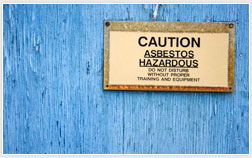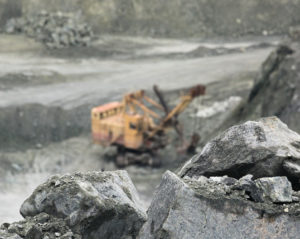 A recent report by Klamath Falls, Oregon-based Herald and News sheds light on the plight of one North Ridge couple struggling to cope with the impact of a 12-year-old asbestos contamination clean up in the backyard of the husband and wife’s dream retirement home. According to the article, officials with the clean up effort promised the couple a two-to-three-year time period to complete the project, but the initiative has lingered on for over a decade.
A recent report by Klamath Falls, Oregon-based Herald and News sheds light on the plight of one North Ridge couple struggling to cope with the impact of a 12-year-old asbestos contamination clean up in the backyard of the husband and wife’s dream retirement home. According to the article, officials with the clean up effort promised the couple a two-to-three-year time period to complete the project, but the initiative has lingered on for over a decade.
Situated near the former original campus for Oregon Institute of Technology (OIT), the couple’s North Ridge Estates home is part of 171 acres of land contaminated by a land developer’s botched demolition of OIT buildings constructed with asbestos. The Environmental Protection Agency (EPA) tried for years to clean up the site on its own but had no success.
Area residents successfully litigated a class action lawsuit against the developer, securing $14 million dollars for victims affected by the defendant’s disregard for public safety. While the couple and this story and many others were compensated for their damages, the amount was not enough to allow the pair to settle in a new location.
 Asbestos & Mesothelioma Law Blog
Asbestos & Mesothelioma Law Blog




 Over 1,000 mesothelioma cancer victims recently settled claims against the state of Montana over allegations the plaintiffs developed the deadly asbestos-related cancer in a privately-owned asbestos mine. The settlement is the second such largest in the state’s recent history, after a $43 million resolution another group of 1,000 plaintiffs from Libby, Montana agreed to in 2011 as compensation for their own mesothelioma cancer lawsuit.
Over 1,000 mesothelioma cancer victims recently settled claims against the state of Montana over allegations the plaintiffs developed the deadly asbestos-related cancer in a privately-owned asbestos mine. The settlement is the second such largest in the state’s recent history, after a $43 million resolution another group of 1,000 plaintiffs from Libby, Montana agreed to in 2011 as compensation for their own mesothelioma cancer lawsuit.